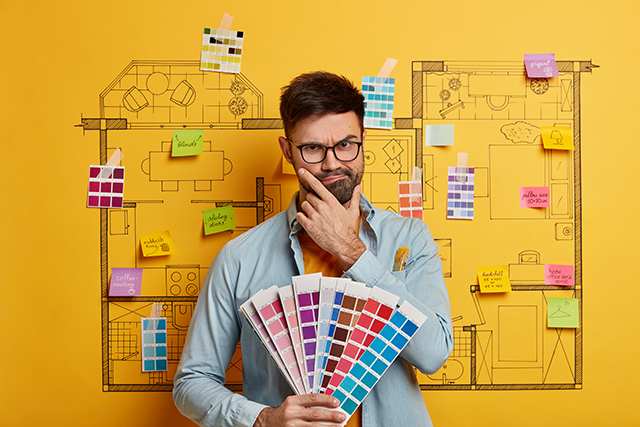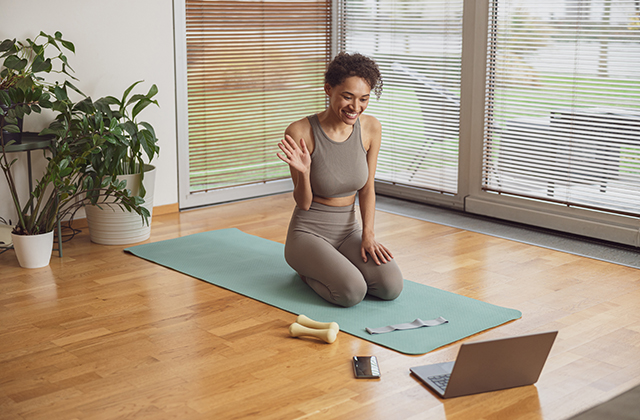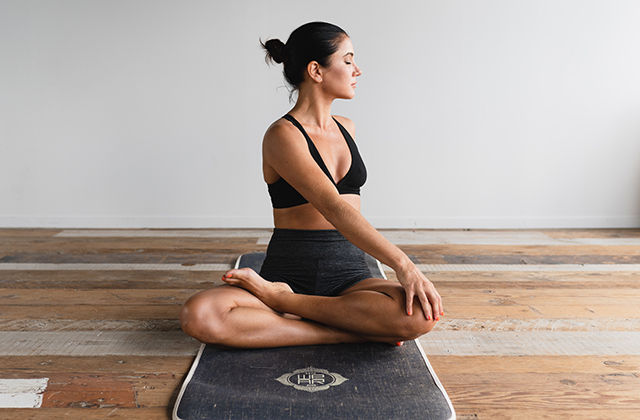Design is an art of visualization. It is the creation of visual representations of ideas and concepts. The design process involves a lot of communication, and it is essential to convey these ideas and concepts effectively to the client, team members, and stakeholders involved in the project. Visual thinking is an approach to thinking that uses pictures, diagrams, and other visual representations to convey ideas and concepts. Concept boards are an effective tool for designers to communicate their ideas and concepts visually, making the design process more efficient and effective. In this article, we will explore the power of visual thinking and how concept boards streamline design communication.
What is Visual Thinking?
Visual thinking is a way of thinking that uses visual representations to communicate ideas, concepts, and relationships between them. It involves creating images, diagrams, and other visual representations that help to convey complex ideas and concepts. Visual thinking is a powerful tool for problem-solving and decision-making, as it allows for a better understanding of the relationships between different elements.
The Benefits of Visual Thinking
Visual thinking has several benefits, including:
- Improved memory retention: Visual aids help to reinforce memory and improve recall.
- Better comprehension: Visual aids help to clarify complex concepts and improve understanding.
- Enhanced creativity: Visual thinking encourages creativity and new ideas.
- Improved communication: Visual aids help to convey ideas and concepts more effectively.
What are Concept Boards?
Concept boards are visual tools that designers use to convey their ideas and concepts visually. A concept board typically includes images, color palettes, typography, textures, and other design elements that represent the designer’s vision for the project. Concept boards are an essential part of the design process, as they help to communicate the designer’s vision and ideas to clients, team members, and stakeholders.
The Benefits of Concept Boards
Concept boards have several benefits, including:
- Improved communication: Concept boards help to communicate design ideas and concepts more effectively.
- Improved collaboration: Concept boards encourage collaboration and feedback from team members and stakeholders.
- Enhanced creativity: Concept boards encourage designers to think outside the box and come up with new ideas.
- Streamlined design process: Concept boards help to streamline the design process by providing a visual representation of the designer’s vision for the project.
How to Create a Concept Board
Creating a concept board is a straightforward process that involves the following steps:
- Determine the scope of the project: Before creating a concept board, it is essential to understand the scope of the project and the goals that need to be achieved.
- Gather inspiration: Gather inspiration from various sources, including magazines, websites, and social media.
- Choose a color palette: Choose a color palette that reflects the brand and the goals of the project.
- Select images: Select images that represent the brand and the goals of the project.
- Choose typography: Choose typography that complements the images and the color palette.
- Add textures: Add textures that enhance the visual appeal of the concept board.
- Arrange the elements: Arrange the elements on the concept board in a way that reflects the brand and the goals of the project.
Conclusion
Visual thinking is a powerful tool that designers can use to communicate their ideas and concepts more effectively. Concept boards are an essential part of the design process, as they help to streamline communication and collaboration among team members and stakeholders. Creating a concept board is a straightforward process that involves gathering inspiration, choosing a color palette, selecting images, choosing typography, adding textures, and arranging the elements. By incorporating visual thinking and concept boards into the design process, designers can improve the quality of their work and achieve better results. Read more on how to improve the designers work with the right tool.



